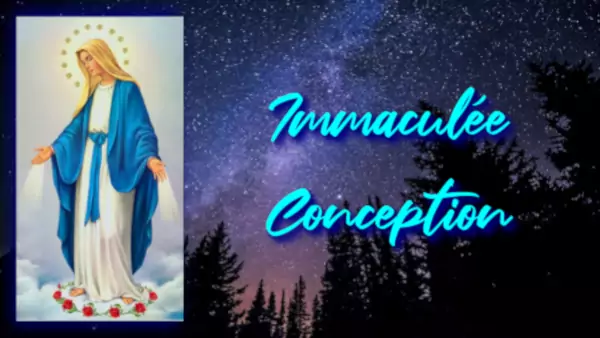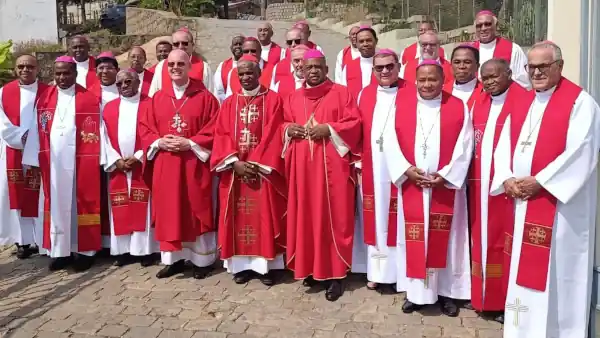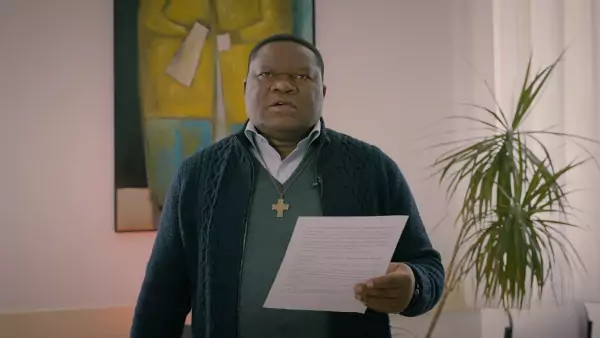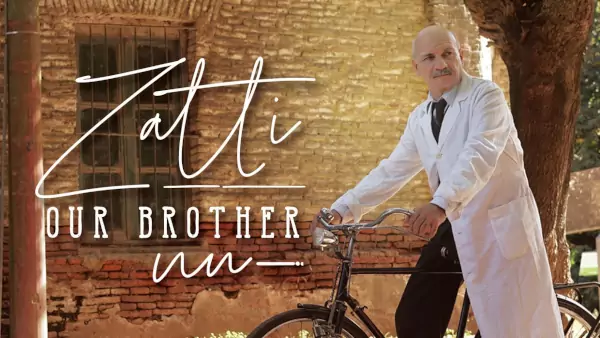08 December - The expression of the doctrine of the Immaculate Conception takes place progressively. Without employing exactly the modern formulation, many Fathers of the Church already express its content in their writings. Subsequently, the Greek Fathers confirm the absence of all sin in Mary.
With the arrival of the feast in the West around the 10th century, a theological debate began to take place in Europe between the supporters of the dogma of the Immaculate Conception (the Immaculists) and its opponents (the Maculists). Among the first defenders of the dogma of the Immaculate Conception was John Duns Scotus (1266-1308), who affirmed that as Mother of God Mary could not be tainted like others by original sin. Belief in the Immaculate Conception was reaffirmed by the Council of Trent (1545-1563). Pope Pius V (1566-1572), in the bull Ex omnibus afflictionibus of 1 October 1567, condemned proposals contrary to the doctrine of the Immaculate Conception. In the bull Super speculam Domini (30 November 1570), he confirmed the previous constitutions favourable to the cult of the Immaculate Conception.
In the Catholic Church, several voices were then heard asking the Pope to formulate the dogma of the Immaculate Conception. Thus, the Seventh Council of Baltimore in 1849 concluded its work "considering it opportune to define as a dogma the Immaculate Conception of the Blessed Virgin Mary". In response to the bishops' requests, Pius IX, after his election, instituted a commission of twenty theologians and an ante-preparatory congregation of eight cardinals on 1 June 1848. The Pope then requested the opinion of all the bishops in writing, via the encyclical Ubi primum of 2 February 1849. Having obtained a very large majority (546 favourable bishops out of 603), as well as the combined approval of the commission (17 votes in favour out of 20) and the congregation, Pius IX in 1851 asked two groups of theologians to prepare a draft bull. On 10 May 1852, the Pope convened a special commission to draw up the final text which, after approval by a consistory, was promulgated on 8 December 1854 under the title Ineffabilis Deus. In Lourdes, Bernadette Soubirous states that on 25 March 1858, four years after the promulgation of the dogma, the lady who appeared to her presented herself as follows, in Gascony, in the cave of Massabielle, in Lourdes: "Que soy era immaculada councepciou" ("I am the Immaculate Conception").
The Catechism of the Catholic Church, concerning this dogma of faith, states: "To be the Mother of the Saviour, Mary was provided by God with gifts commensurate with such a great task", it adds "by the grace of God, Mary remained pure of all personal sin throughout her life". "The Blessed Virgin Mary was, at the first moment of her conception, by a singular grace and favour of Almighty God, for the merits of Jesus Christ the Saviour of mankind, preserved untouched by any defilement of original sin".
He also states that this dogma, pronounced by Pius IX in 1854, is the fruit of a slow awareness of the Church "throughout the centuries" which goes back to the fathers of the Eastern tradition, that is to say, to the first centuries of the Church. This point of faith expressed in the Church's catechism is supported by biblical quotations (Lk 1, 28; Eph 1, 3-4; Eph 5, 27).








